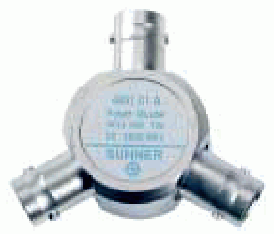alitavakol
Member level 2
why we use power dividers? Is'nt it possible to simply connect three wires together?
Added after 35 seconds:
please answer.
Added after 35 seconds:
please answer.
Follow along with the video below to see how to install our site as a web app on your home screen.
Note: This feature may not be available in some browsers.
alitavakol said:why we use power dividers? Is'nt it possible to simply connect three wires together?
Added after 35 seconds:
please answer.
